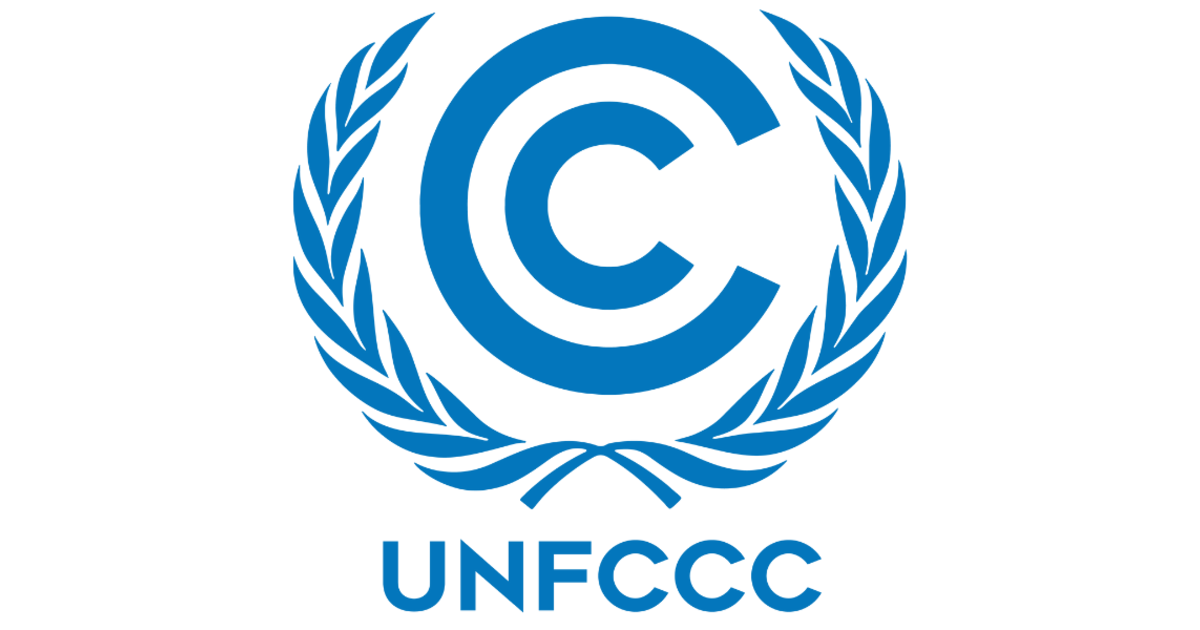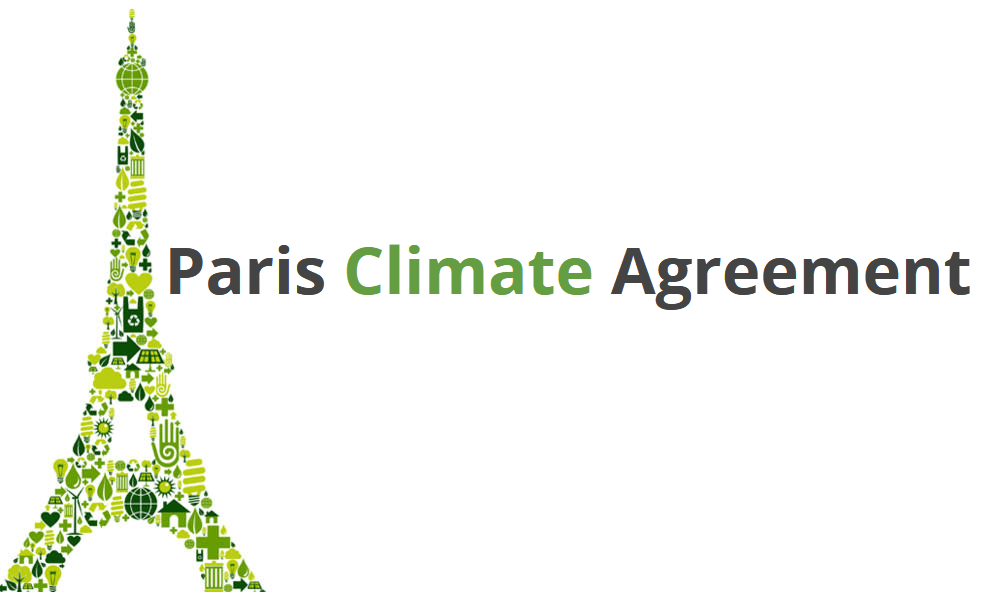Shifting the direction of financial flows toward the fight against climate change is a maneuver that requires the help of public institutions. Hence, it is indispensable for international organizations and national governments to incentivize such redirection via legislation, subsidies, etc. In this section, we will explore the evolution of international actions and then, we will narrow it down to the most important regional and national measures taken to make the private world reconsider its business models so that it is more in harmony with nature.
A milestone that partially incentivized global action against the three trends mentioned in the home section – fight climate change, avoid unsustainable practices, and halt nature depletion – occurred during the Rio Earth Summit (1992). In it, three key outputs were delivered concerning sustainable development: the Rio Declaration, the Commission on Sustainable Development, and Agenda 21. Moreover, another crucial element that went through different stages and was finalized and signed by 168 members was the Convention on Biological Diversity (CBD). The three outputs mentioned above and the CBD basically aimed at halting the unsustainable pathways carried out until then and how to sustainably utilize and preserve the world’s resources.

Similarly, members attending this Summit ratified an international treaty concerning climate change that would later transform into a global environmental regime, named the United Nations Framework Convention on Climate Change. The main purpose of this treaty was to consider ways through which average global temperature rise could be halted.

For both, the CBD and the UNFCC, an authoritative body made up of all parties was created- the Conference of Parties (COP). There have been, as of June of 2023, 15 COP on biodiversity and 27 COP on climate. Regarding the latter, some important COP meetings are worth mentioning.
In 1995, COP 1 a series of pilot programs based on carbon sequestration were designed to reduce the GHG concentration in the atmosphere, one major cause behind global warming. During COP 3, a treaty named the Kyoto Protocol assigned the first emission reductions for industrialized countries and a horizon to achieve them. Disagreements among developed countries called for a more global inclusive commitment to carbon reduction, which gained form with the arrival of the Paris Agreement (2015). Article 2 of said Agreement set a global ambition goal of keeping the increase of global average temperature below 2ºC above pre-industrial levels and making efforts to limit at 1.5ºC and, individually, countries were to achieve this Nationally Determined Contributions (NDCs).

On the other hand, concerning biodiversity, the latest COP, which took place in Canada, had as its main goal to adopt a post-2020 global framework which was headlined by a 30×30 target. That is to say, protecting 30% of the planet’s land and restore 30% of the planet’s degraded terrestrial, inland water, coastal and marine ecosystems. A Global Biodiversity Framework (GBF) was established with concrete goals and measures to achieve the 30×30 target. What’s more, it was agreed to reform $500bn of environmentally damaging subsidies and rechannel them to biodiversity-friendly practices.

It often occurs that these actions fall short as they are not legally binding. Hence, to comply with these objectives it is required for regional unions and countries to further make a push at their respective levels to comply with decarbonization and biodiversity targets.
The European Union (EU) has taken quite a proactive stance in the fight against climate change and biodiversity deterioration. To comply with the Kyoto Protocol initial premises, the EU established a compliance carbon market- EU ETS- of its own, based in a cap and trade scheme. This scheme remains operative to this day and is by far the largest in terms of value.

Throughout different stages, the scheme has been refined to adapt to the new benchmarks set by the succeding rounds of COPs on climate. More concretely, in 2020, the EU released its core strategy to fight climate change known as The European Green Deal (EGD). This deal aims at achieving carbon neutrality by 2050 and this, obviously, has had implications in the tightening of the EU ETS.
In parallel to the EGD and as a result of the incoming COP 15 on biodiversity, the EU released its EU Biodiversity Strategy, considering it a core part of the EGD and with the purpose of halting biodiversity loss in EU territories by 2030. Among its measures, extending red Natura 2000 territories and the still-pending for approval of the Nature Restoration Law which plans to make some of the aforementioned targets binding.

The United States has not fallen behind

